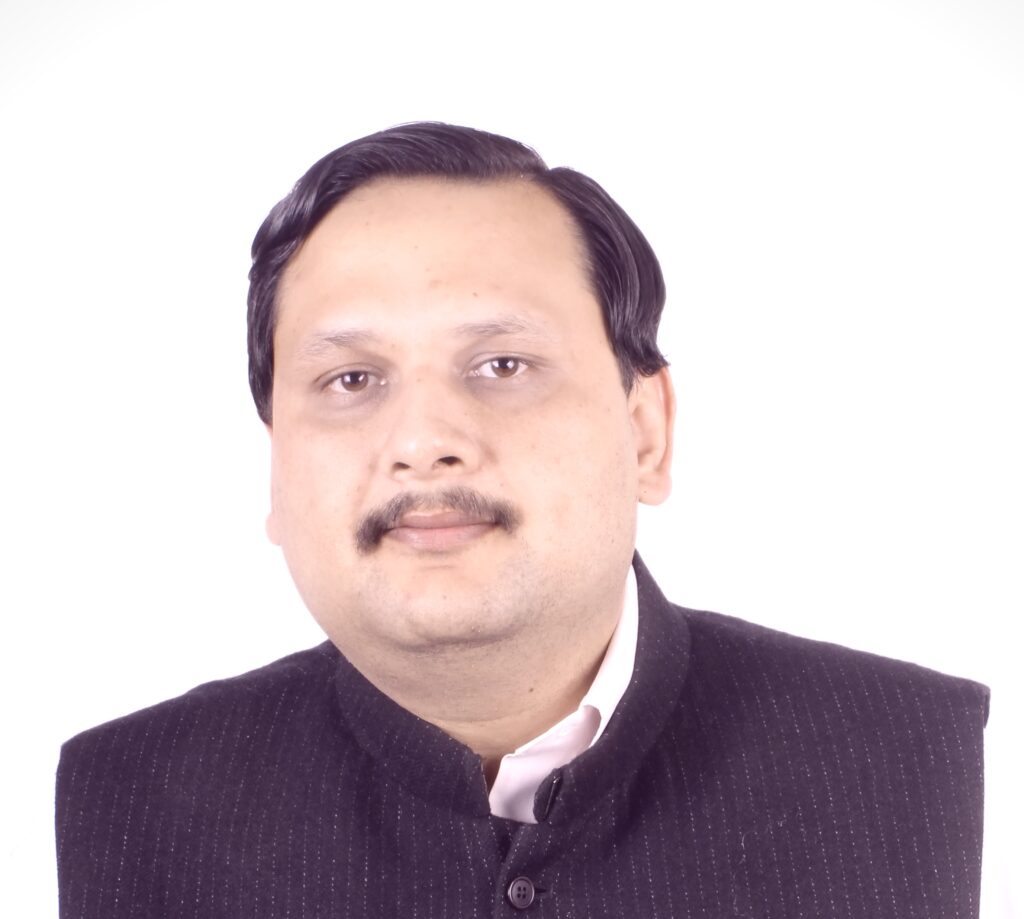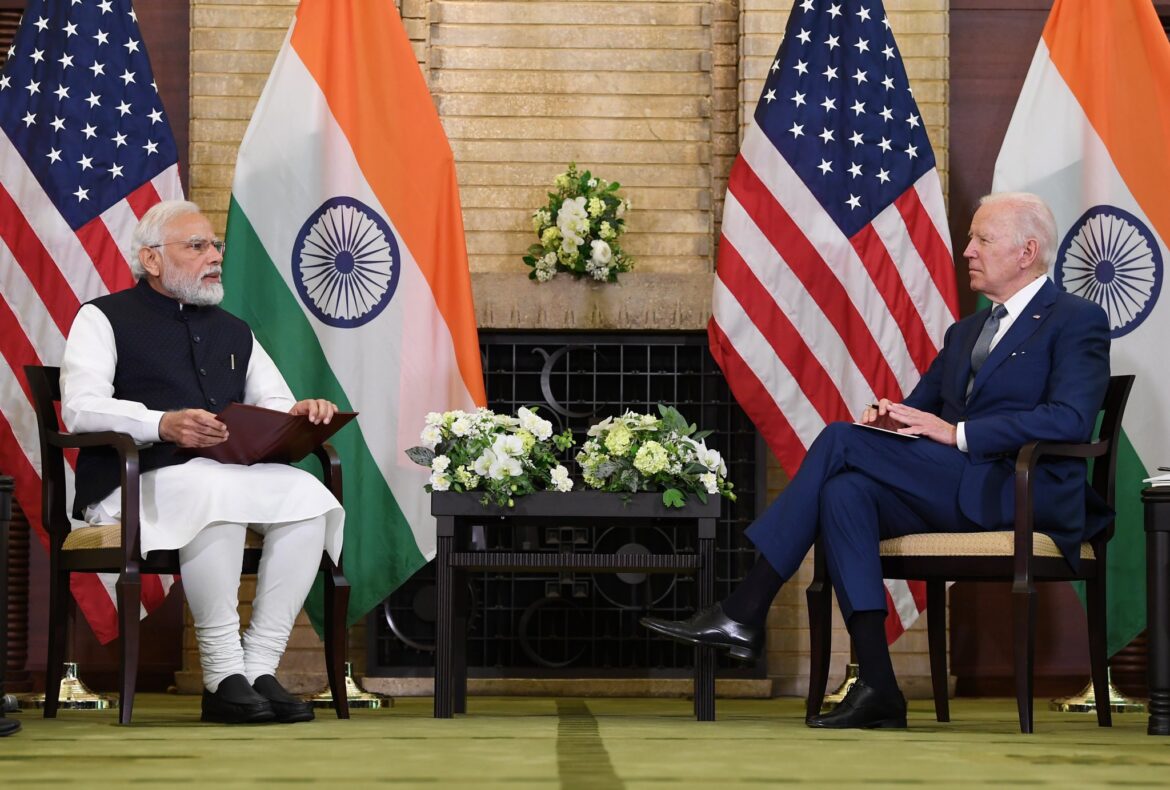The world is headed into 2025 with technologies and science poised to experience several breakthroughs. AI agents setting a new layer of human-machine interaction, and quantum computing promising a new paradigm of computational power, promises to reshape industries, governance, and global partnerships. And amidst this context, the India-US relationship stands out as one of innovation, collaboration, and mutual growth, with its respective strengths pushing forward this wave of progress. These are some Technology Trends to look out between US and India In 2025:
AI Agents: The Future of Human-Machine Interaction
Gartner has termed “Agentic AI” as one of the top strategic technology trends for 2025; this term refers to self-operating AI agents that will perform enterprise tasks without human interaction. It is expected that AI agents will carry out complex work across all sectors, thus increasing the efficiency and decision-making processes.
AI agents are no longer just assistants but rather increasingly sophisticated, autonomous systems, capable of learning, adaptation, and decision-making. These agents, with natural language processing and contextual understanding capabilities, will become an integral part of everyday life, acting as personal tutors, business advisors, and companions.
India’s multilingual datasets and talent pool in machine learning, coupled with the US’s cutting-edge research and computing infrastructure, make it a fertile ground for developing next-generation AI agents. Indian start-ups, for instance, those building AI systems for vernacular education and local governance, can collaborate with US tech giants to scale globally. The US can leverage Indian expertise in low-cost AI deployment for underserved communities.

Personalized Medicine: Tailoring Healthcare to the Individual
The future of medicine is personalization. Advances in genomics, AI, and bioinformatics are making treatments tailored to an individual’s genetic makeup, lifestyle, and environment possible. This trend is shifting healthcare from reactive to preventive.
India has genetic diversity and a huge population, which would make a great dataset to train AI models. On the other hand, the US leads in biotechnology and clinical research. Together, they can develop affordable, scalable solutions for global healthcare challenges.
A joint initiative could see Indian researchers provide anonymized genetic data to US labs to develop predictive models for diseases such as diabetes and cardiovascular disorders. These models could then be used through India’s National Digital Health Mission, making them available to millions.
Quantum Computing: A New Definition of Computational Possibility
Quantum computing is transitioning from theory to application, promising exponential computational power that could solve problems thought to be unsolvable. By 2025, cryptography, materials science, and drug discovery are going to be dramatically transformed by quantum developments.
Quantum computing is going to revolutionize problem-solving capabilities, with the likes of Google taking this lead. Google’s Quantum AI team has managed to achieve a groundbreaking milestone in developing its new Willow quantum chip, which marks a leap ahead in computational technology.
This should be able to help it solve complex challenges across multiple industries – from cryptography to materials science.
The US, with companies like IBM and Google pioneering quantum hardware, and India, investing heavily in quantum R&D through initiatives like the National Mission on Quantum Technologies and Applications, can create a powerful research ecosystem. Joint ventures, exchange programs, and shared quantum facilities could accelerate discoveries.

In cryptography, quantum-safe encryption techniques developed collaboratively could secure digital infrastructures in both nations, strengthening their defense and financial systems against emerging cyber threats.
Decentralized Autonomous Organizations (DAOs): The Future of Governance
DAOs are the future of organizational structure. It is the future of governance where smart contracts replace the hierarchical management. DAOs are now being widely adopted in finance, supply chains, and social initiatives. India’s regulatory framework for blockchain technologies and the US’s dominance in decentralized finance (DeFi) provide an ideal foundation for joint exploration of DAOs. By collaborating on standards, policies, and applications, the two nations can lead the transition to decentralized governance models. A DAO for renewable energy projects could allow Indian and US stakeholders to pool resources transparently, ensuring equitable distribution of profits and fostering cross-border collaboration in combating climate change.
Neuromorphic Computing: Mimicking the Human Brain
Neuromorphic computing, inspired by the structure and function of the human brain, is set to revolutionize AI and machine learning by enabling energy-efficient, real-time processing. By 2025, neuromorphic chips will power devices ranging from autonomous vehicles to advanced robotics. While the US leads in hardware design, India’s skills in algorithm development and software integration can be leveraged to create a synergistic ecosystem. Indian institutions like IISc and IITs can partner with US labs to accelerate the development of neuromorphic technologies. Neuromorphic processors could be used in real-time language translation devices for the multilingual population of India and can extend applications in global markets through US tech platforms.
The convergence of AI agents, personalized medicine, quantum computing, DAOs, and neuromorphic computing is perhaps more than just a sequence of technological evolution; it points toward the reshaping of human potential. The India-US partnership, with its shared values on democracy, innovation, and inclusivity, is uniquely positioned for leadership in this revolution. With India’s demographic and data strengths married with the United States technological capabilities, this is where two nations can come together to create something not just revolutionary but also influential in a global sense. This collaboration will not only make us reach into 2025 with more than just technology, but we’ll be building a future that truly represents the aspirations of a connected, equitable, and prosperous world.
Disclaimer: The opinions and views expressed in this article/column are those of the author(s) and do not necessarily reflect the views or positions of South Asian Herald, its editorial team, or its affiliates. South Asian Herald does not endorse any opinions or statements made within the content.






